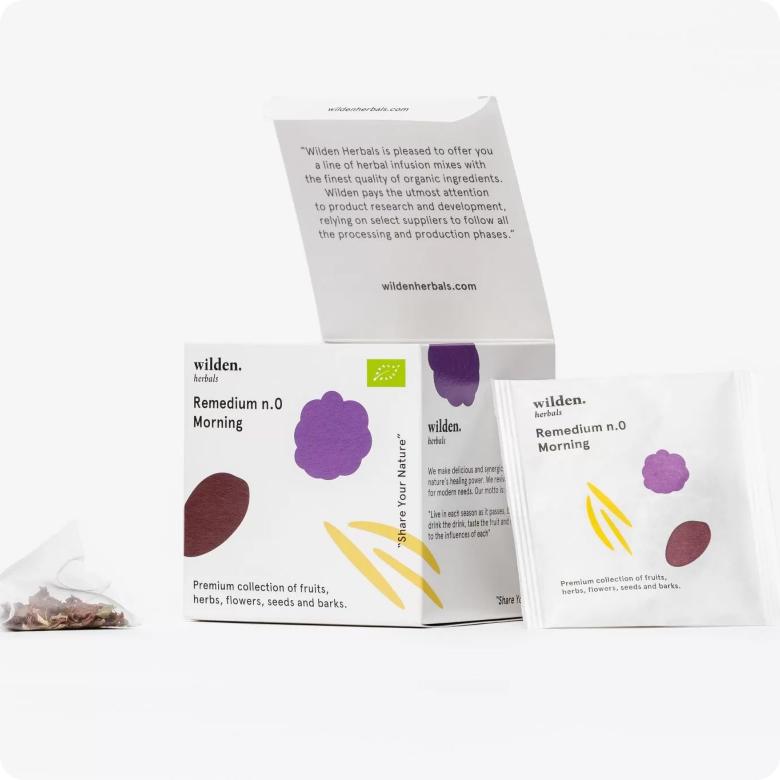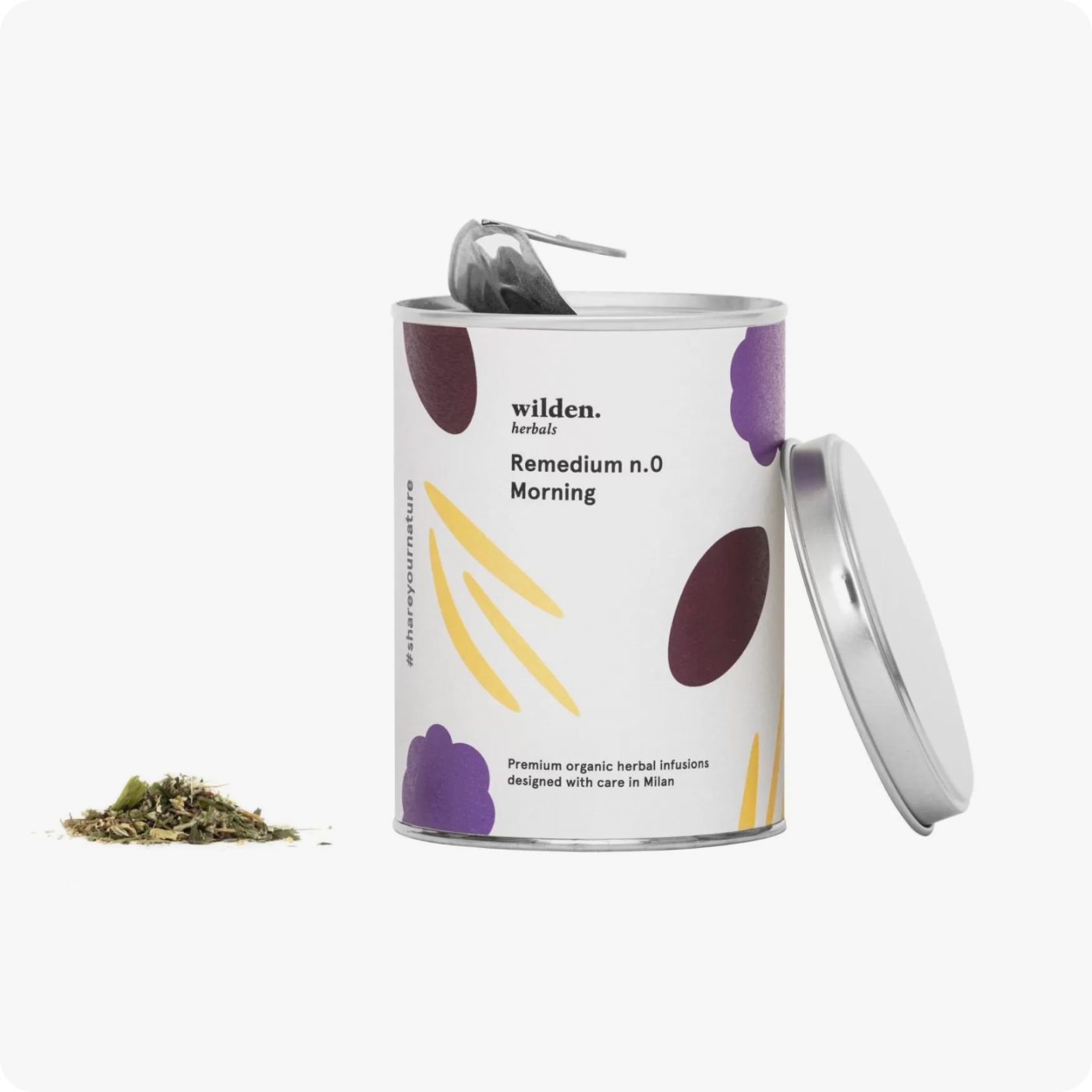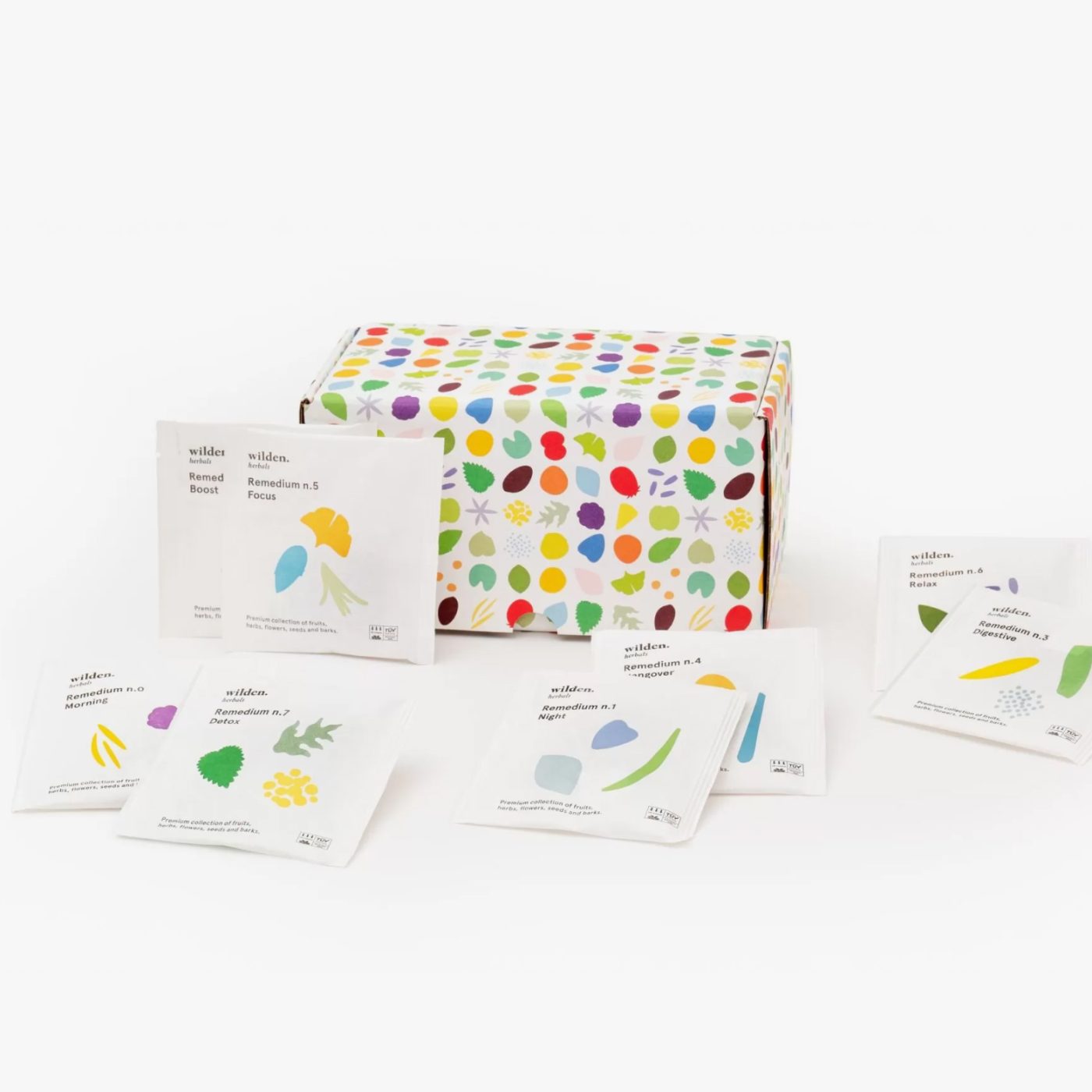Rosemary: the evergreen that smells of the sea
As beloved in cooking as it is beneficial for improving concentration and after a hearty meal: let's discover together the properties, benefits and uses of rosemary.
- What does the rosemary plant look like?
- When was rosemary discovered?
- Is rosemary good for you?
- How is rosemary used?
- Curiosities
- Bibliography
Rosemary is the prince of the Mediterranean table. Smelly and aromatic, this plant is the ultimate secret ingredient for transforming a recipe into a concentrate of scents and flavors. Very useful in the case of somewhat drab main courses, but also in the most unsuspected desserts, rosemary has a history and qualities to be discovered.
What does the rosemary plant look like?
For many it will seem superfluous, but we still want to start with the official introductions: the Rosmarinus Officinale L. belongs to the Lamiaceae family; it is a highly branched bushy shrub that can reach 2 m in height, distinguished by numerous narrow, elongated evergreen leaves. The color is dark green on the upper part and silvery on the lower part. The flowers, blue-violet in color, are grouped in clusters and flowering lasts for almost the entire year.
Rosemary is so familiar in our homes, gardens and vegetable gardens because it is a plant native to the very shores of the Mediterranean. It grows well both in pots and in the vegetable garden, and it is easy to observe it growing wild along the coasts of the lower Adriatic and Tyrrhenian seas and generally in Mediterranean scrub thickets up to 800 m, especially in sunny, coastal locations.
When was rosemary discovered?
While rosemary is loved today mainly for its unmistakable aroma (which goes so well with beloved baked potatoes), in ancient times it was considered a portentous therapeutic ally, most useful for digestion but also for relieving joint and muscle ailments.
The ancient Egyptians considered it capable of procuring immortality since its twigs, once cut, remained fresh for a long time. For the Romans it became a symbol of death and love; the poet Horace advised bringing rosemary and myrtle wreaths to the dead to earn their esteem. While in medieval culture it is attributed with saving properties such that it was said that carrying a sprig of rosemary could protect against malevolent influences and purify environments.
Is rosemary good for you?
Doctors and herbalists have dealt with this plant for centuries: from Dioscorides in his “De ars medica” to Castor Durante’s “Herbarium,” all agreed on rosemary’s virtues for the well-being of thedigestive system, fighting fatigue, curing migraines and nervous exhaustion, stimulating concentration and memory.
At the officinal level, rosemary leaves, twigs and flowering ends are used for their many properties: stimulant, tonic, flavoring, digestive, diuretic, antiseptic, balsamic, and hepatoprotective. Much of these properties are due to the phenolic compounds found in rosemary, which make this plant, among other things, also useful in food preservation.

How is rosemary used?
It would be nice not to have to buy it, but to always have a close friend or relative who has a bush of it in the garden and willingly shares it. Our only recommendation: rosemary should be harvested in spring, avoiding the more woody branches. You can then dry it in a shady, airy place.
The only limit to the use of rosemary in cooking is the imagination: perfect on roasts and for dressings, excellent on flatbreads, but also added to sauces, legumes and soups to which it will not only impart an unparalleled aroma but also make them more digestible. Rosemary used fresh is more delicate, dry more pungent.
It is also surprising in the form of an aromatic syrup, a must-try in a cocktail because it can pair perfectly with virtually any base, from gin to vodka.
In cosmetics, it is used for adjuvant lotions for circulation, masks for acne-prone skin, and stimulating and dermopurifying bath foams. The leaves are included in the composition of colognes, mild shampoos and hair dyes.
When infused , rosemary aids digestion, has astringent power and promotes liver function. Because of these virtues, it is one of the ingredients in our Remedium No. 3 – Digestive, an herbal tea with a fresh and light taste to be enjoyed after every meal. We also decided to include this ingredient in two other of our recipes. You can find it in the Remedium no. 5 – Focus and in the Remedium No. 6 – Relaxation for its ability to boost mental tone and increase attention levels. William Shakespeare was not wrong when, in Hamlet, he had Ophelia say, “There is rosemary yonder, the plant of remembrance.”
Curiosities
- The name is derived from the Latin ros maris, which some translate as “sea dew” and others as “sea rose,” names in each case apt because of its predilection for marine environments, or perhaps in relation to the blue-violet color of its flowers, similar to that of the sea at sunset.
- It is said that in the 17th century, Queen Isabella of Hungary, by then old and haggard, regained her health and a new youthfulness precisely because of a special rosemary liqueur.
- The flower of this plant is much loved by bees. Did you know that there is also rosemary honey?
- Rosemary is also featured in many myths and legends. In Ovid’s “Metamorphoses,” he is told of the love between Leucotoe, daughter of the king of Persia, and Apollo, god of the sun. Her father, discovering the affair and unable to do anything against a god, killed his daughter, whom the sun’s rays transformed into a shrub with an intense smell and small purple flowers, becoming a symbol of immortality.
Bibliography
- Zavatto, A. (2015). Forager’s Cocktails: Botanical Mixology with Fresh, Natural Ingredients. Sterling Epicure.
- Bulgarelli, Gilberto, and Sergio Flamigni. Practical Guide To Medicinal Plants. Hoepli, 2011.
- Luciano, Riccardo, and Carlo Gatti. Edible Spontaneous Herbs. Arabian Phoenix, 2014.
- Nieto, G.; Ros, G.; Castillo, J. Antioxidant and Antimicrobial Properties of Rosemary (Rosmarinus officinalis, L.): A Review. Medicines 2018, 5, 98. https://doi.org/10.3390/medicines5030098
- https://www.taccuinigastrosofici.it/ita/news/antica/piante-aromatiche/rosmarino-aroma-mediterraneo.html











